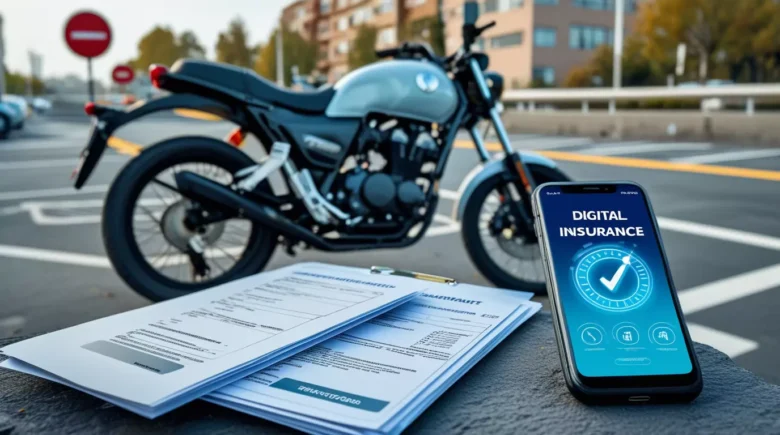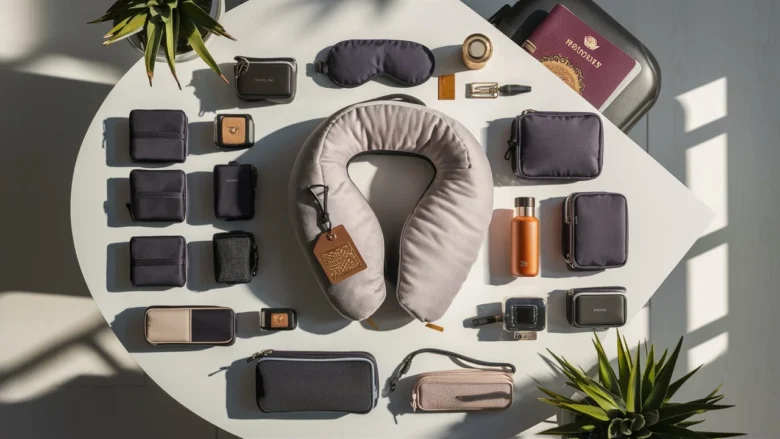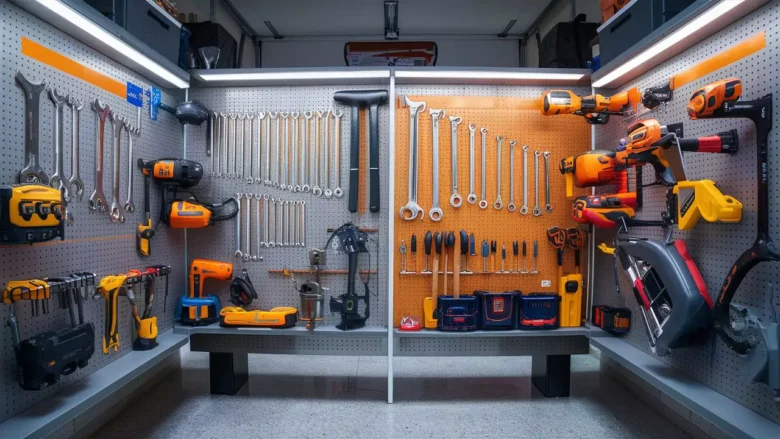- The Real Deal: What You’re Actually Choosing Between
- Portable Camping Stoves: The Good, The Bad, and The Ugly
- Why I Love Them
- The Downsides Hit Different
- 💖 You Might Also Like
- Wood Burning Stoves: The Wild Card Option
- What Makes Them Special
- But Here’s The Catch
- Let’s Talk Real Performance: Head-to-Head Breakdown
- Speed Test Results
- Weight Comparison Reality Check
- Cost Analysis: Your Wallet’s Perspective
- Upfront Investment
- Ongoing Fuel Costs
- ✨ More Stories for You
- Environmental Impact: The Truth Nobody Talks About
- Practical Scenarios: Which One Actually Works
- Solo Backpacking
- Car Camping With Family
- Multi-Day Wilderness Trips
- Ultralight Adventures
- Maintenance Reality Check
- Portable Stoves
- Wood Burning Stoves
- 🌟 Don't Miss These Posts
- Safety Considerations You Can’t Ignore
- Portable Stove Hazards
- Wood Burning Stove Hazards
- Weather Performance Deep Dive
- Cold Weather Champions
- Wet Weather Warriors
- Windy Conditions
- Fuel Availability: Planning Your Adventures
- Remote Area Considerations
- International Travel
- Skill Level Requirements
- Beginner-Friendly Options
- Expert-Level Mastery
- Popular Models Worth Considering
- Top Portable Stoves
- Quality Wood Burners
- Making The Right Choice For YOU
- Frequently Asked Questions
- Can I use a wood burning stove in my tent?
- How long does a fuel canister last?
- What if I can’t find dry wood?
- Are wood burning stoves allowed everywhere?
- Which is more reliable long-term?
- My Personal Take After Years of Both
You’re standing in the camping gear aisle, staring at two completely different cooking options.
One’s a sleek portable camping stove that looks like it belongs in a sci-fi movie.
The other’s a wood burning stove that screams “back to basics.”
And you’re wondering which one won’t leave you eating cold beans in the wilderness.
Been there.
Done that.
Learned the hard way.
Let me break this down for you like I wish someone had done for me before my first camping disaster.
The Real Deal: What You’re Actually Choosing Between
Here’s what nobody tells you upfront.
Portable camping stoves are basically your kitchen stovetop’s little brother.
They run on fuel canisters or liquid fuel.
Turn a knob.
Hit the igniter.
Boom – instant flame.
Wood burning stoves are the old-school rebels.
They eat twigs, branches, and whatever burnable stuff you find lying around.
No fuel to buy.
No canisters to worry about.
But they come with their own set of quirks.
Portable Camping Stoves: The Good, The Bad, and The Ugly
Why I Love Them
Instant gratification. You want coffee at 6 AM? Turn it on. Water boils in 3 minutes. Done.
Zero learning curve. If you can operate a gas stove at home, you’re already an expert.
Weather doesn’t matter. Rain, wind, snow – doesn’t care. Your flame stays consistent.
Precise temperature control. Want to simmer that sauce? Turn the knob down. Need high heat for searing? Crank it up.
The Downsides Hit Different
Fuel dependency is real. Run out of fuel 50 miles from civilization? You’re eating trail mix for dinner.
Weight adds up fast. The stove, plus fuel canisters, plus backup fuel. Your backpack starts feeling like you’re carrying rocks.
Cold weather performance tanks. Butane canisters become paperweights when temps drop below freezing. Learned this one the hard way in Colorado.
Environmental guilt. All those empty fuel canisters going to landfills. Not exactly Leave No Trace friendly.
💖 You Might Also Like
Wood Burning Stoves: The Wild Card Option
What Makes Them Special
Free fuel everywhere. Twigs, pinecones, bark, dead branches. Nature’s your fuel station.
Lightweight gear. Just the stove itself. No heavy fuel canisters dragging you down.
Works in any weather. As long as you can find dry wood, you’re cooking.
The campfire experience. Real flames. Real crackling sounds. Real outdoor vibes.
But Here’s The Catch
Learning curve is steep. Building the right fire takes practice. Lots of practice.
Time investment is huge. Need food now? Too bad. Wood collection, fire building, waiting for coals. Budget 30+ minutes before you’re actually cooking.
Weather can ruin your day. Everything’s soaked from yesterday’s rain? Hope you brought backup food that doesn’t need heating.
Fire restrictions kill your plans. Many parks ban open flames during dry seasons. Your stove becomes expensive tent weight.
Let’s Talk Real Performance: Head-to-Head Breakdown
Speed Test Results
Boiling 1 liter of water:
- Portable stove: 3-5 minutes
- Wood burning stove: 15-25 minutes (including setup)
Getting dinner ready:
- Portable stove: 10-15 minutes total
- Wood burning stove: 30-45 minutes total
Morning coffee emergency:
- Portable stove: You’re caffeinated in 5 minutes
- Wood burning stove: You’re questioning life choices for 20 minutes
Weight Comparison Reality Check
3-day trip weight breakdown:
Portable stove setup:
- Stove: 3.5 oz
- Fuel canister: 8 oz
- Total: 11.5 oz
Wood burning stove setup:
- Stove: 12 oz
- Fuel: 0 oz (found in nature)
- Total: 12 oz
The difference is basically nothing.
But here’s what changes everything.
7-day trip:
- Portable: 19.5 oz (extra fuel canisters)
- Wood burning: Still 12 oz
The longer your trip, the more wood burning stoves make sense weight-wise.
Cost Analysis: Your Wallet’s Perspective
Upfront Investment
Decent portable stove: $30-150 Quality wood burning stove: $50-200
Pretty similar starting costs.
Ongoing Fuel Costs
Portable stove fuel: $5-8 per canister Wood burning stove fuel: Free (if you’re not lazy)
Annual fuel costs breakdown:
- Weekend warrior (12 trips/year): $60-96 for portable
- Extended tripper (25+ days/year): $150-300 for portable
- Wood burner: $0 forever
The math gets ugly fast if you camp regularly.
✨ More Stories for You
Environmental Impact: The Truth Nobody Talks About
Portable stoves create ongoing waste. Every fuel canister ends up somewhere. Most recycling programs don’t take them.
Wood burning stoves use renewable resources. But they do produce smoke and ash. And poorly managed fires can damage ecosystems.
Winner: Wood burning, if you’re responsible about it.
Practical Scenarios: Which One Actually Works
Solo Backpacking
Portable stove wins. Speed matters when you’re tired and hungry. Reliability matters when you’re alone. Simple setup matters when everything else is complicated.
Car Camping With Family
Wood burning stove takes it. Weight doesn’t matter. Time isn’t as critical. Kids love the fire-building experience. Cost savings add up with bigger groups.
Multi-Day Wilderness Trips
Depends on the season. Summer with fire restrictions? Portable stove. Winter with guaranteed dry wood? Wood burner. Shoulder seasons? Bring both (seriously).
Ultralight Adventures
Wood burning stove barely edges out. Every ounce counts. Free fuel means less pack weight. But only if you’re skilled at fire management.
Maintenance Reality Check
Portable Stoves
Easy maintenance:
- Clean the burner occasionally
- Replace worn O-rings
- Check fuel line connections
Common failures:
- Clogged jets (usually fixable)
- Fuel line leaks (replacement needed)
- Igniter failures (matches work fine)
Wood Burning Stoves
Simple maintenance:
- Clean out ash buildup
- Check for cracks or warping
- Oil any moving parts
Common failures:
- Structural damage from overheating
- Rust from moisture exposure
- Broken grates (usually replaceable)
Winner: Portable stoves need less frequent maintenance, but wood burners are easier to field-repair.
🌟 Don't Miss These Posts
Safety Considerations You Can’t Ignore
Portable Stove Hazards
Fuel leaks can create dangerous situations.
Carbon monoxide risk in enclosed spaces.
Explosion potential with damaged canisters.
Burns from hot metal components.
Wood Burning Stove Hazards
Wildfire risk from escaped sparks.
Carbon monoxide in poorly ventilated areas.
Severe burns from handling hot components.
Smoke inhalation with poor airflow management.
Safety tip: Both require respect and proper handling. Neither is inherently more dangerous if used correctly.
Weather Performance Deep Dive
Cold Weather Champions
Wood burning stoves handle freezing temps like champs. Dry wood burns regardless of temperature. No fuel viscosity issues. No canister pressure problems.
Portable stoves struggle below 20°F. Butane stops working. Even isobutane blends lose efficiency. Liquid fuel stoves perform better but add complexity.
Wet Weather Warriors
Portable stoves laugh at rain. Instant ignition. Consistent flame. Protected cooking surface.
Wood burning stoves become your worst nightmare. Wet wood doesn’t burn. Everything takes forever. Smoke gets in your eyes. And your food. And your soul.
Windy Conditions
Portable stoves with good windscreens work fine.
Wood burning stoves can actually benefit from wind (better airflow). But can also get blown out if positioned poorly.
Fuel Availability: Planning Your Adventures
Remote Area Considerations
Portable stove fuel requires planning. Popular trails often have resupply points. Remote areas? You’re carrying everything.
Wood fuel is everywhere nature exists. Except above treeline. And in deserts. And during fire bans. And when everything’s wet.
International Travel
Fuel canisters face airline restrictions. Often need to buy locally. Not always available in remote countries.
Wood burning stoves work anywhere with combustible material. No customs issues. No availability concerns.
Skill Level Requirements
Beginner-Friendly Options
Portable stoves are idiot-proof. (Speaking from experience as a former camping idiot.)
Turn knob. Push igniter. Cook food. Turn off.
Wood burning stoves require fire-building skills. Understanding airflow. Fuel selection knowledge. Temperature management. Safety awareness.
Expert-Level Mastery
Portable stoves max out pretty quick. Once you know fuel management and basic maintenance, you’re done.
Wood burning stoves offer endless learning. Advanced fire techniques. Fuel efficiency optimization. Weather adaptation strategies. MacGyver-level problem solving.
Popular Models Worth Considering
Top Portable Stoves
MSR PocketRocket 2: Ultra-lightweight, reliable
Jetboil Flash: Fast boiling, integrated system
Coleman Classic: Budget-friendly, car camping beast
Quality Wood Burners
Solo Stove Lite: Efficient design, lightweight
BioLite CampStove: Charges devices, tech-forward
Emberlit FireAnt: Modular, packable design
Making The Right Choice For YOU
Here’s my decision framework.
Choose portable if:
- You value convenience over everything
- Weather unpredictability is high
- You’re new to camping
- Speed matters more than cost
- Fire restrictions are common in your area
Choose wood burning if:
- You enjoy the process, not just results
- Long-term cost savings matter
- Environmental impact concerns you
- You camp where wood is abundant
- You want to develop outdoor skills
Choose both if:
- You’re serious about camping
- Different trips have different needs
- Weight isn’t your primary concern
- You like having backup options
Frequently Asked Questions
Can I use a wood burning stove in my tent?
No. Never. Ever. Carbon monoxide will kill you. Fire will burn your tent. Use these outside only.
How long does a fuel canister last?
Typical 8oz canister runs a small stove for 3-4 hours of burn time. That’s roughly 4-6 meals for solo camping.
What if I can’t find dry wood?
Bring backup food that doesn’t need heating. Or pack a small amount of backup fuel/stove. Or learn advanced fire-starting with wet materials.
Are wood burning stoves allowed everywhere?
No. Check local fire restrictions before every trip. Many areas ban them during dry seasons. Some parks prohibit them year-round.
Which is more reliable long-term?
Wood burning stoves have fewer failure points. No fuel lines, no ignition systems, no pressure seals. But portable stoves work consistently when maintained.
My Personal Take After Years of Both
I started with portable. Switched to wood burning to save money and weight. Now I use both depending on the situation.
For quick overnighters, I grab the portable. For longer adventures, wood burning wins. For winter camping, portable every time. For summer base camps, wood burning creates better experiences.
The best stove is the one that matches your trip, your skills, and your priorities.
Don’t overthink it. Pick one. Go camping. Learn what works for you.
Because here’s the real secret: both portable camping stove vs wood burning stove options will cook your food just fine when you know how to use them properly.
The adventure happens regardless of which flame heats your meal.























